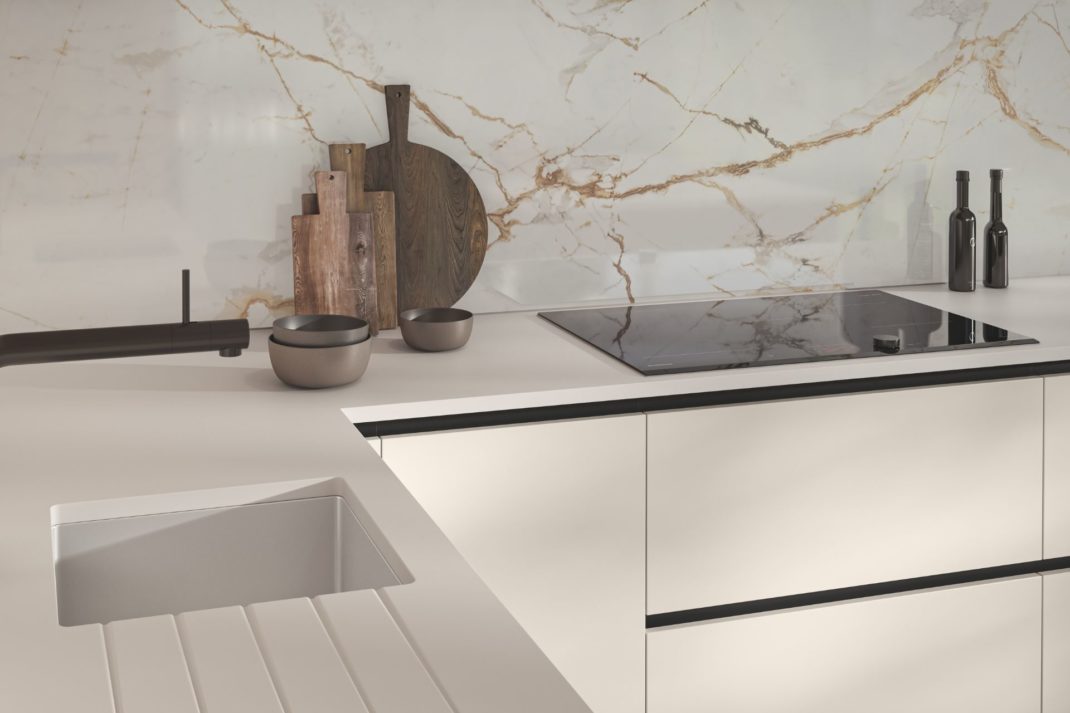Air-Purifying Plants To Buy For Your Home
By
5 years ago
Bring the outdoors in
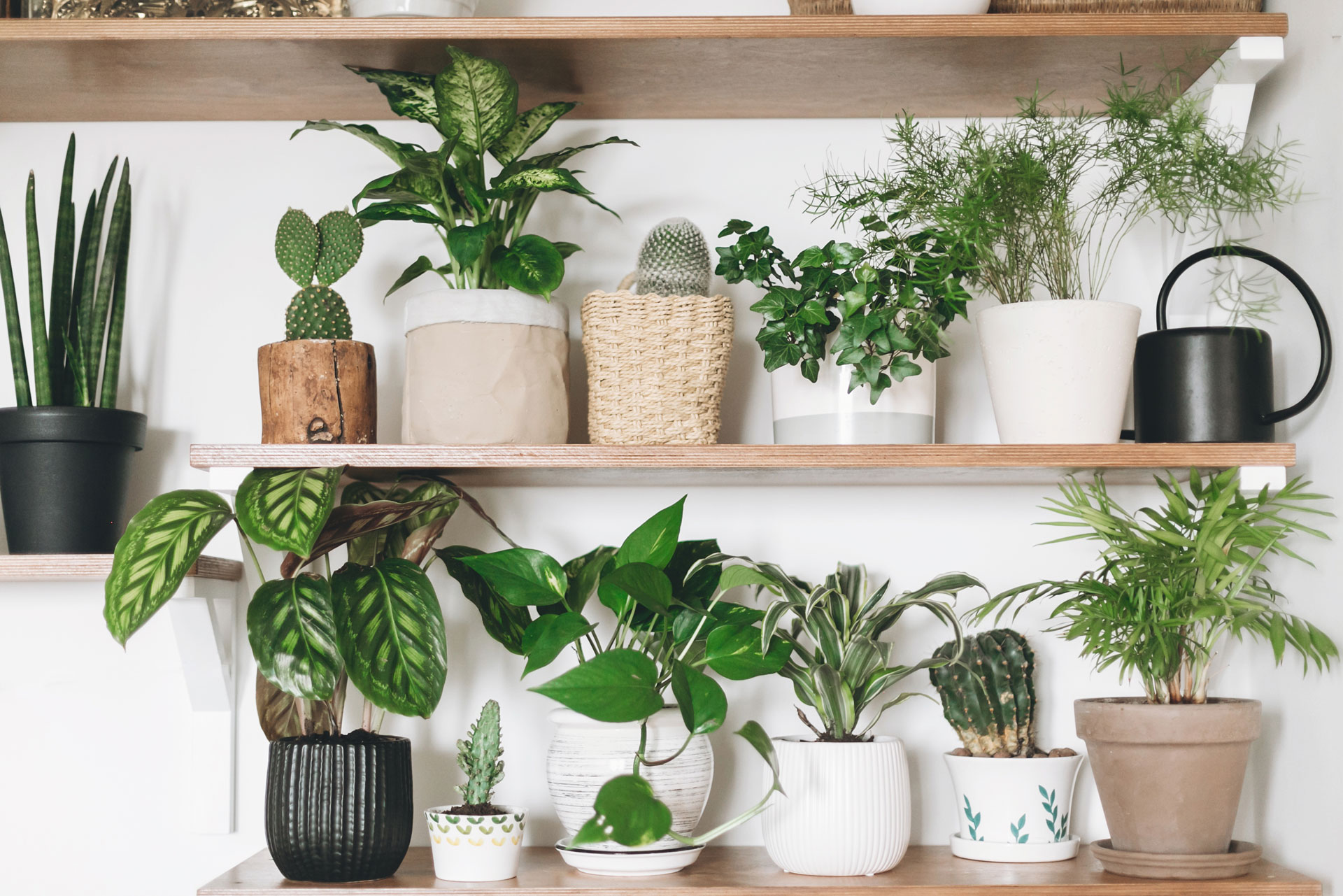
As we’re all spending a lot of time in our homes at the moment, it’s more important than ever to think about the air we’re breathing inside, which can often contain harmful toxins, dust and germs. Luckily there are a number of ways to detoxify the air indoors – the easiest, cheapest and prettiest being to invest in some air-purifying plants.
Certain plants not only look good, they make your home a healthier place to relax, removing both carbon dioxide and household toxins from the air. According to NASA’s Clean Air Study, which was designed to find ways to clean the air in sealed space stations: ‘Plant roots and their associated microorganisms then destroy the pathogenic viruses, bacteria, and the organic chemicals, eventually converting all of these air pollutants into new plant tissue.’
So which plants are best for naturally cleaning up the air? Online market place and plant seller OnBuy.com offers some expert advice.
How Do Plants Benefit Our Health? / Plants
Aloe Vera

thipjang/Shutterstock
One of the most popular and well-known air-purifying plants is Aloe Vera, which removes harmful pollutants known as VOCs from the air, as well as providing abundant oxygen back into the air around it.
CARE: Being a succulent, Aloe Vera is easy to maintain and doesn’t require much water.
Peace Lily (Spathiphyllum Wallisii)
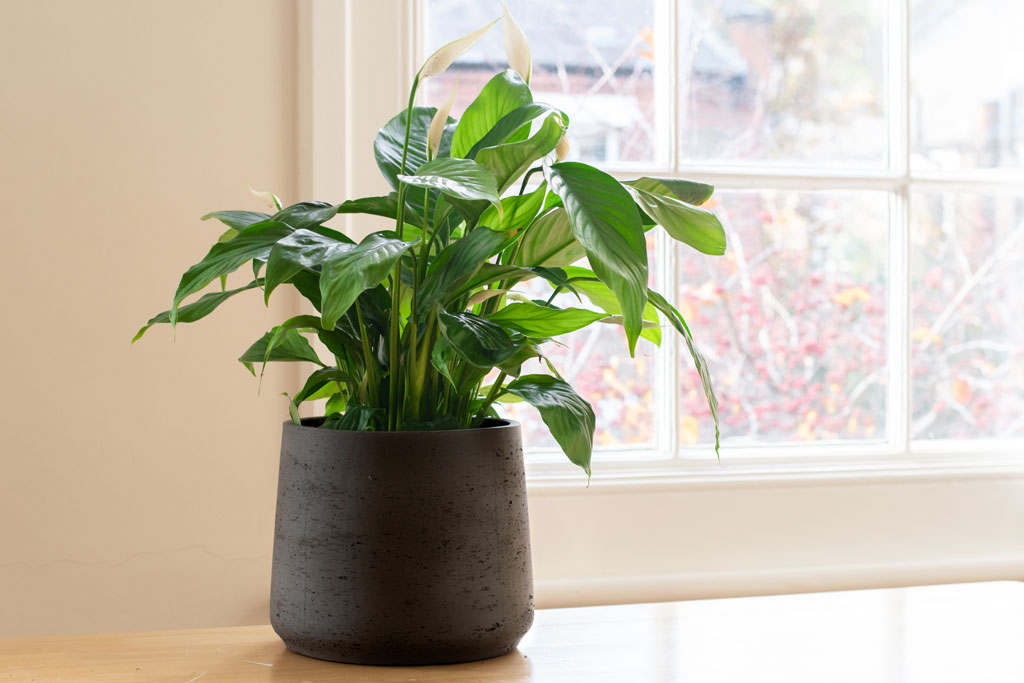
GettyImages
The elegant Peace Lily is one of the most popular plants to grow indoors, thanks to its beautiful ivory blossom and long glossy leaves – yet it’s also one of the best air purifiers out there. Peace lilies remove numerous toxins from the air including trichloroethylene, benzene and ammonia, and can absorb airborne mould, making them perfect for bathrooms.
CARE: Unlike many plants, peace lilies thrive in low-light areas and will usually bounce back from a missed watering.
Spider Plant (Chlorophytum Comosum)

Bozhena Melnyk / Shutterstock
The twisting foliage of a Spider Plant jazzes up the simplest of spaces. It’s also a champion air cleanser – NASA testing shows it to remove around 90 per cent of formaldehyde, a chemical found in many common household products. It’s also a good carbon monoxide absorber.
CARE: The Spider Plant is pretty easy-going: tolerant of forgetful waterers, and thrives in most light conditions except harsh direct sunlight.
Weeping Fig (Ficus Benjamin)
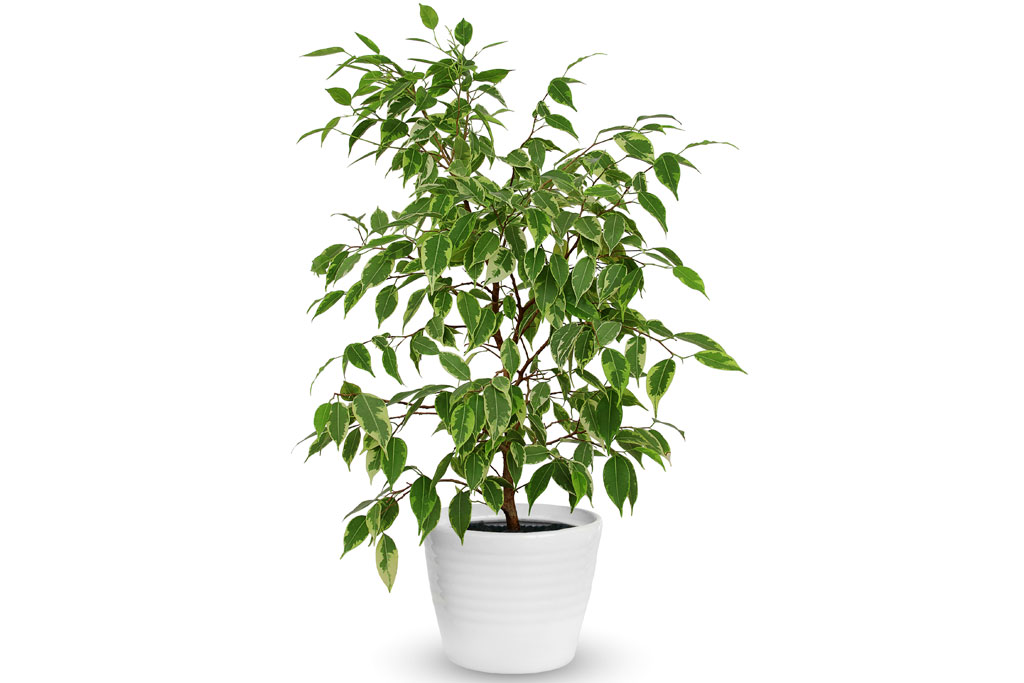
GettyImages
Those after a statement plant will love the Weeping Fig, which can grow up to six feet tall. This plant is great for filtering pollutants that are typically found in carpeting and furniture, such as formaldehyde, benzene, and trichloroethylene.
CARE: The Weeping Fig likes regular watering and moist air – frequent misting will help keep it healthy.
English Ivy (Hedera Helix)
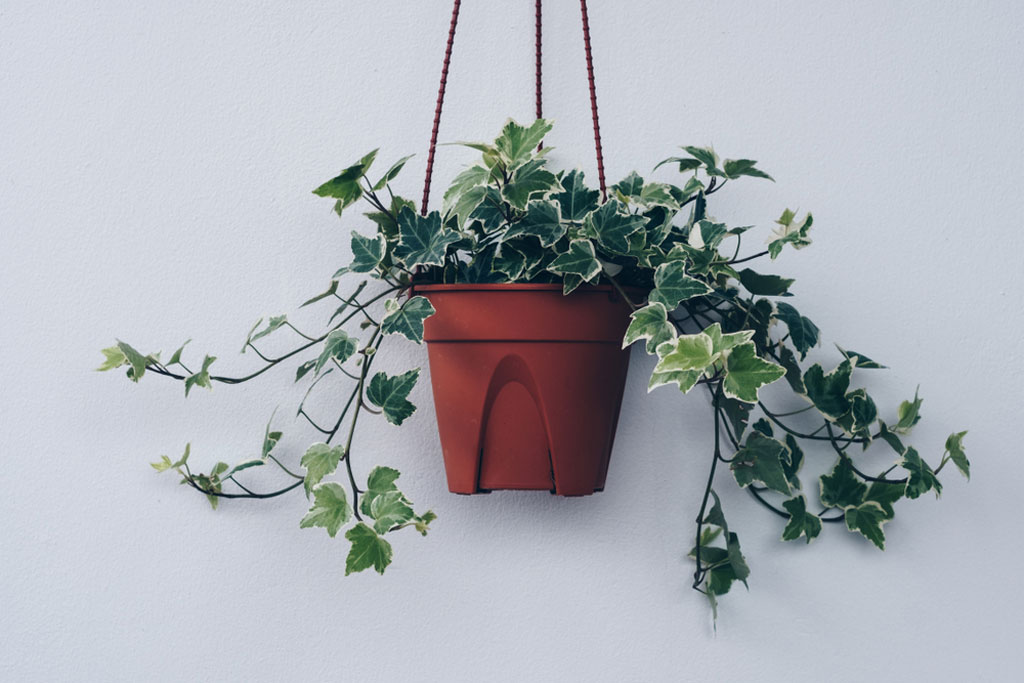
Amnuay Kaewkatmanee / Shutterstock
Known for its fast growth, the English Ivy is commonly an outdoor plant – but it works equally well indoors, particularly as a hanging plant. English Ivy removes a range of common pollutants from the air, as well as having medicinal properties: herbalists often use it for respiratory conditions such as asthma.
CARE: This plant needs regular watering, but is very easy-going when it comes to light.
Snake Plant (Sanseveria)
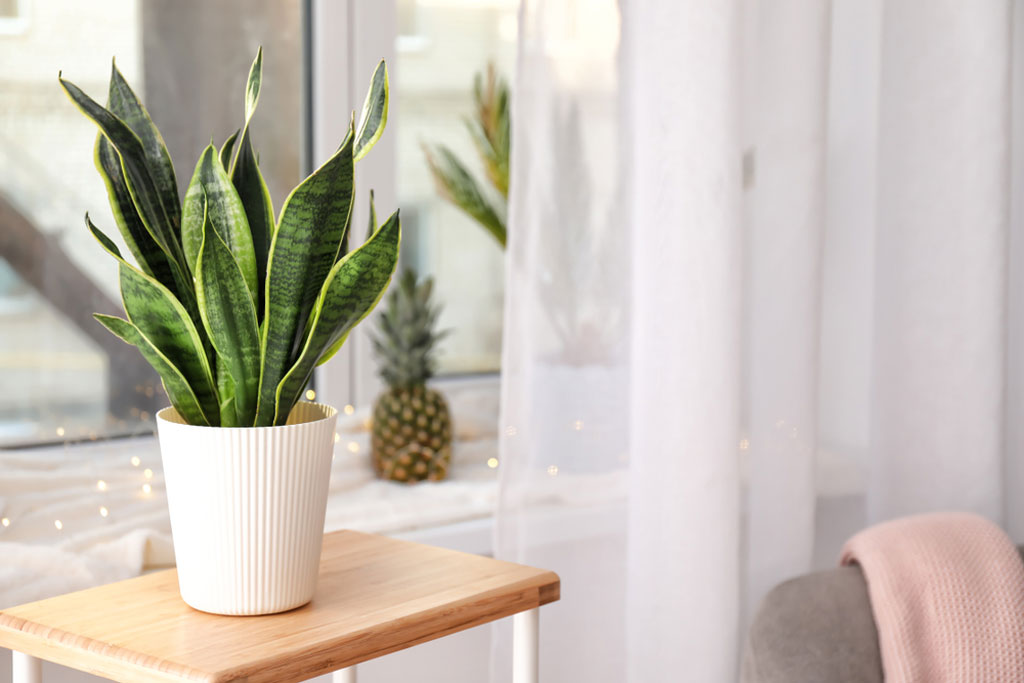
Aquarius Studio / Shutterstock
Also known as the ‘mother-in-law’s tongue’, this yellow-tipped succulent is the perfect bedroom plant as it releases oxygen at night, helping you to breathe better while sleeping.
CARE: A dream houseplant, the Snake Plant will be fine in pretty much any light condition. Be careful not to overwater – in winter it only needs watering once a month or so.
Sustainable Gardening: A Guide / Garden Centres in London



